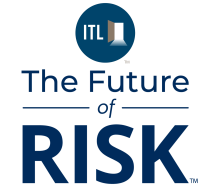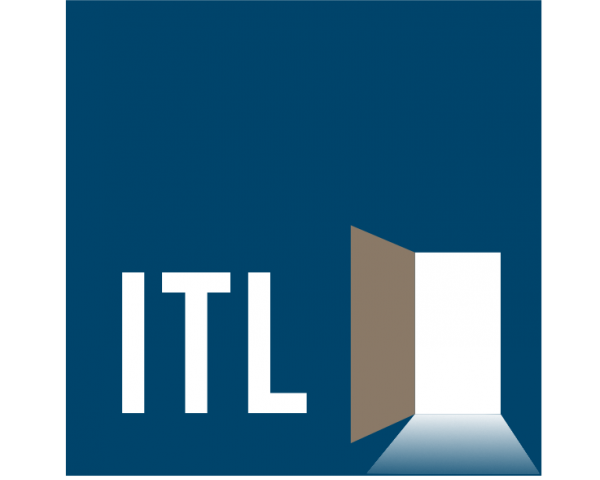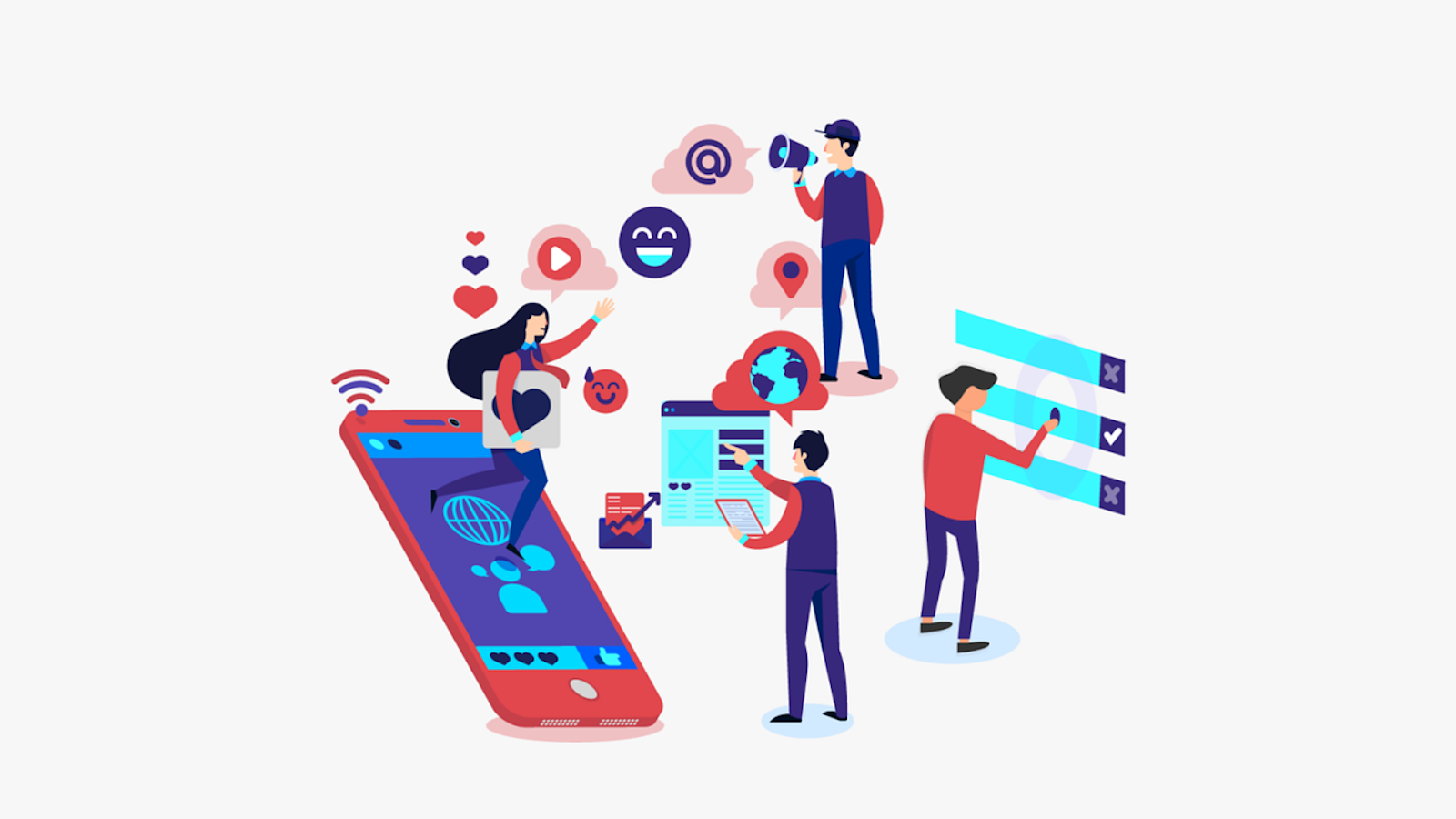Paul Carroll
To start out, could you tell me how you think about chatbots?
Adam Fischer
When I started at Clearcover eight years ago, I was very anti-chatbot. They were these tree-based, logic-based chatbots that everyone hated using. Let's be honest. It didn’t matter how friendly you tried to make them. They just didn't work.
So we focused on our mobile app, and that has really paid off for us. Over 90% of our customers have downloaded and created an account on our mobile app. It's only for our customers, so people don’t do any shopping in the app. We just wanted to make it easy to interact with your policy after you buy it, whether that's getting your ID card, handling changes on your policy, or filing claims. Our app has always been at the epicenter of what we've done.
As generative AI took off, we started to say, okay, we finally have chats you can automate, and they are a good experience. We’ve really leaned into Gen AI for about a year, and it’s been a tremendous success both for customers and for Clearcover.
Paul Carroll
Tell me a bit more about what you’re doing with Gen AI. I've yelled at my share of chatbots over the years, and I’m still not finding them to be that great.
Adam Fischer
That’s a good question. Everything depends on the context. When it’s tight, and the chat is iterative, the AI is very accurate.
If you’re using a general tool like ChatGPT, the nexus of knowledge you’re interacting with is the entire internet. And the old saying is right: Garbage in, garbage out. You remember the famous story from five or six months ago, when somebody asked how to keep cheese from sliding off a pizza.
Paul Carroll
And the AI’s answer was: Use glue.
Adam Fischer
Right? And the technology was actually performing well. It had sourced different pieces of data and found a joke post on Reddit.
But when you have a very controlled use case like we do, there is a solid knowledge base with all the information the Gen AI tool needs to get the user to the correct answer fast and accurately. That's where Gen AI can really be powerful.
Paul Carroll
How do you quantify the benefits for Clearcover?
Adam Fischer
As a growing carrier without a large call center, we implemented Gen AI so we can answer a lot of our customers’ questions 24/7 now. A customer might have a question about billing. They might have a question about their policy. Now if it's 11 at night, one in the morning, maybe they were driving around and had a bit of an issue: Whatever the case may be, they can get that answer whenever they're interacting with us. We serve the customer in the moment when they want to be served.
As we're growing, our hiring curve doesn't have to be as steep. And the folks who are already here in our call center can focus on providing better service to customers when they do need to get in touch with a human.
Paul Carroll
My favorite geek joke is: Why did it only take God six days to create the universe?
Answer: Because God didn’t have an installed base.
I assume there are things Clearcover can do more easily than older carriers can with their legacy systems.
Adam Fischer
We're completely API-centric from the perspective of our custom-built policy administration system. So our chatbot can interact with it in powerful ways. If you have a question about your policy, the chatbot can pull up your specific policy and use that to provide your response.
As we see patterns, we try to integrate the chatbot more deeply. Because billing is a good portion of our chats, for instance, we've started integrating with our payment provider so customers can pay by link during those interactions.
Paul Carroll
How do you handle the coordination between your human agents and the chatbot?
Adam Fischer
For example, if you want to add a vehicle to your policy, we can gather a large portion of the information via the chatbot and then have a human complete the change and make sure everything is accurate.
If you have any questions, we're here, but we take a lot of time out of that conversation, which then lets our humans use their superpowers to provide really good service when they do get connected with the customer.
Paul Carroll
What are you finding people tend to do with the chatbot?
Adam Fischer
The questions are consistent with what they’ve always been. We get a lot of questions about billing and about adding vehicles and drivers or, say, about whether a customer needs to buy coverage from a rental car company.
We’re always keen on compliance and make sure we're not giving coverage recommendations or advice, but we can help you retrieve information you could find on our website.
Paul Carroll
I've often heard insurance companies say they want to interact with the customer more, because studies find a link between number of interactions and loyalty. But I think that’s often correlation but not causation. Right? Sometimes I want you to interact with me, sometimes I don't.
When do you reach out to customers as opposed to just waiting for them to come to you?
Adam Fischer
We focus on providing a good experience when we’re needed.
But we’ve been running a service pilot called Car Care for a little while, where we make it easy for customers to save money and book on common maintenance they need for their vehicle. Customers can browse shops and book online to save on oil changes, new tires, or whatever. We don’t bombard you with emails. You won’t get happy birthday emails from us or, “It’s July, so here are some barbeque tips.” But if you use a feature in our app that lets you report your mileage to us, we’ll let you know that you’re due for an oil change. We’re going to remind you of the benefits we offer, but we don’t assume insurance is at the top of your mind all the time.
Paul Carroll
I’m the perfect insurance customer. I’ve never filed a claim for anything other than healthcare. But people who do file claims often express frustration about how little they know about the progress of their claim. Shouldn’t it be easy these days to keep people posted, like Amazon does on its deliveries?
Adam Fischer
We have a claim center within our app that tells you, when you initiate a claim, what the process will look like and how long each step may take. The app also has a sort of Domino’s pizza tracker that will tell you where you are in the process.
We're also working on a product that lets people provide information to our AI on a claim, so they can do it on their own schedule and not have to wait for a rep to call or schedule an appointment. The Gen AI, which we internally affectionately call TerrenceBot, or Terry for short, will also answer detailed questions, like, Okay, what now?
Paul Carroll
If you and I reconvene in two years, where are we? Terry is out to the customer. What other things are going on?
Adam Fischer
The Gen AI is just going to keep getting better and better, so it’s going to be able to make the claims process more efficient.
And there's more than just the first party in a claim, right? There are third parties. There are passengers. There are other folks involved. We're planning on kind of spidering out our Gen AI to those interested parties, as well.
If you think about how a typical claim is processed, well, if the customer tells us there was a passenger, our rep has to call the passenger. Passenger's unavailable. You leave a voice mail. You play phone tag for a while. Finally, you get the statement. Now imagine a situation where we contact the passengers via bot and can collect that entire statement via the Gen AI and then have our human reps call to confirm some pieces of information and provide a nice finishing touch.
Reps won’t be spending all their time chasing x y z piece of data. Gen AI can be very good at doing that.
Paul Carroll
That sounds great. Thanks, Adam.
About Adam Fischer
 | Adam Fischer is chief product and innovation officer at Clearcover. He brings more than a decade of experience at industry leading consumer brands like Apartments.com and Redbox.
|








